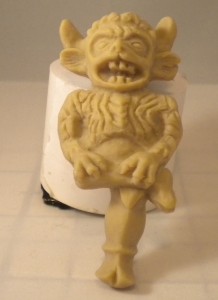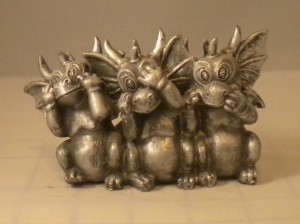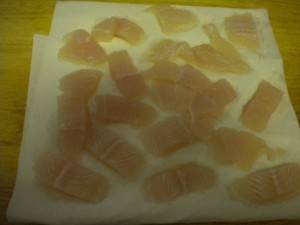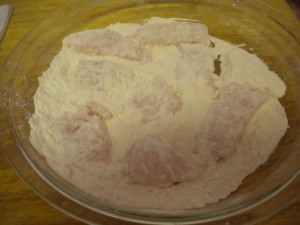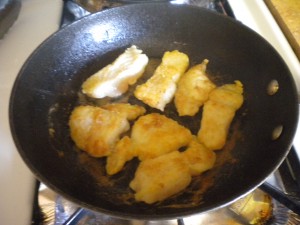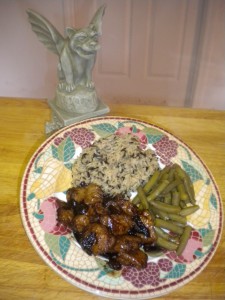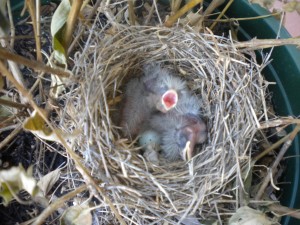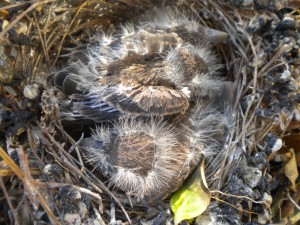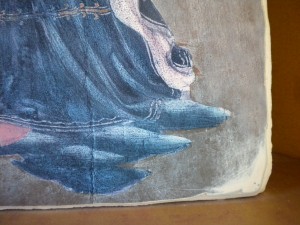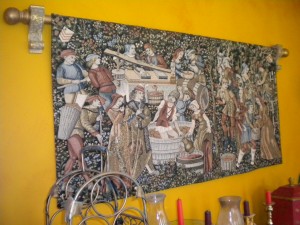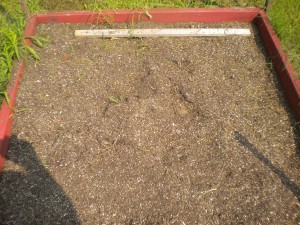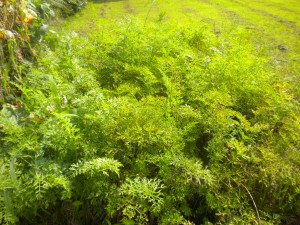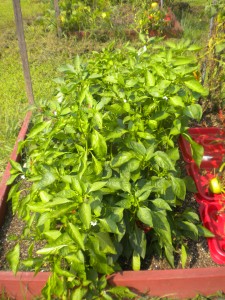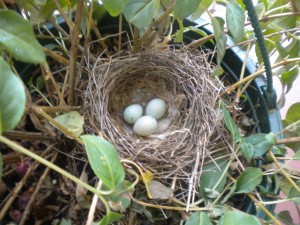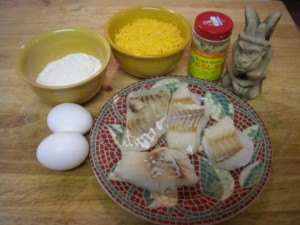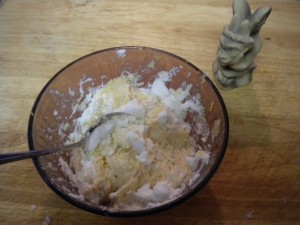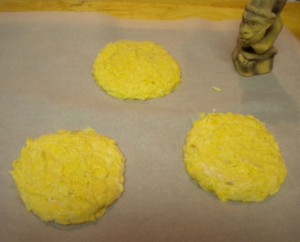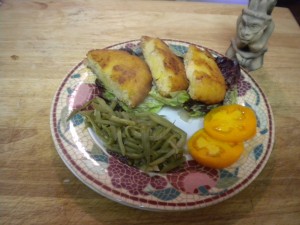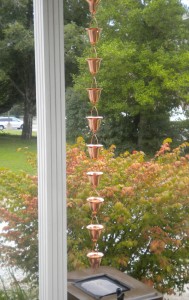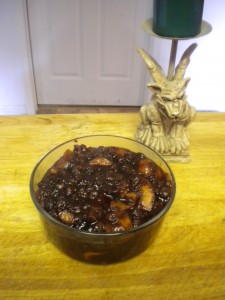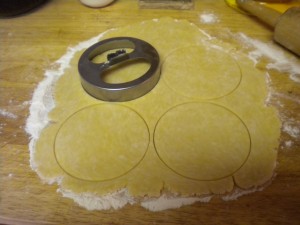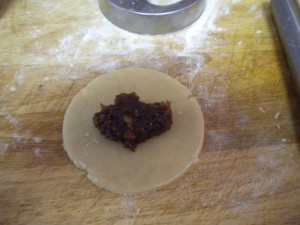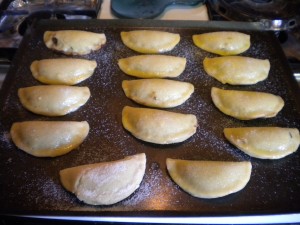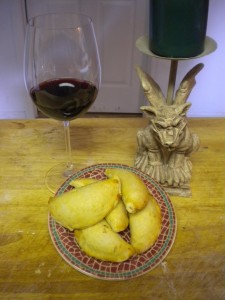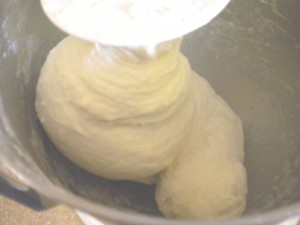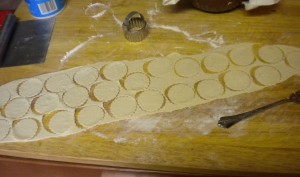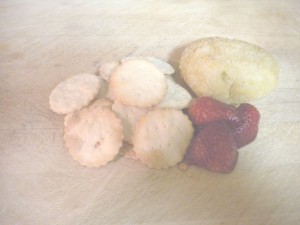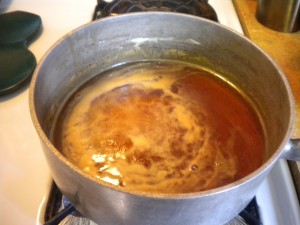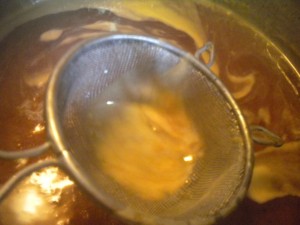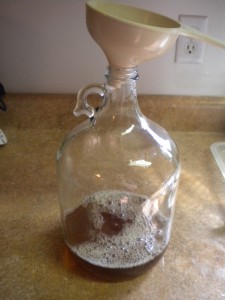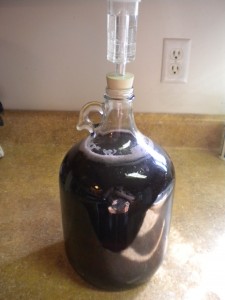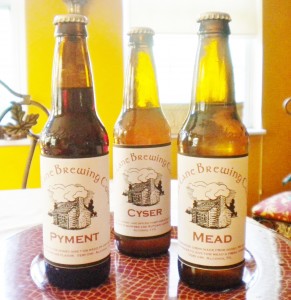
It’s kitchen time again. I apologize for the delay since my last posting. Life has gotten in the way, as they say. But today’s recipe is sure to pplease and has an interesting history. The recipe is Tart in Ember Day, or Ember Day Tart. Ember days occured during the medieval calendar four times year, on the Wednesday, Friday, and Saturday of Ember week–once during each season of the year. They were considered fasting days, hence this recipe, which is meatless. Foods on the medieval table didn’t have the definite division that todays foods do, between savoury and sweet. This recipe is slightly sweet, even though it resembes modern quiche. It’s a great way for children to sample new foods–simply point out the raisins to them. Because there are at least two versions extant, you can also do your own variations and still be reasonably sure you are serving an “authentic” historical dish. Here are the two original recipes:
Source [Ancient Cookery, S. Pegge (ed.)]: Tart in Ymbre day. Take and perboile oynouns presse out þe water & hewe hem smale. take brede & bray it in a morter, and temper it up with Ayren. do þerto butter, safroun and salt, & raisouns corauns, & a litel sugur with powdour douce, and bake it in a trap, & serue it forth.
Source [Forme of Cury in Curye on Inglish, Constance B. Hieatt & Sharon Butler (eds.)]: Tart in ymbre day. Take and perboile oynouns & erbis & presse out þe water & hewe hem smale. Take grene chese & bray it in a morter, and temper it vp with ayren. Do þerto butter, safroun & salt, & raisouns corauns, & a litel sugar with powdour douce, & bake it in a trap, & serue it forth.
Ember Day Tart
1 pie shell recipe (see my earlier posting on commodores)
3 eggs
1 cup cream
1/4 cup raisins
1/8 tsp. cinnamon
1/8 tsp. nutmeg
Salt and pepper to taste
1/8 tsp. saffron (optional)
1 cup soft cheese, such as gruyere (optional)
1/8 tsp ginger paste (or powdered ginger)
2 tbsp. butter
2 tbsp. sugar
1 cup fresh parsley or cilantro (optional)
 Roll out your pie dough and line a pie pan, crimping the edges. Preheat your oven to 350 degrees. Peel and chop your onions, not too finely. If you are using saffron, heat your cream in the mircowave or on the stove until just hot, then put in the saffron threads. Keep heating just until small bubbles form around the edges, then remove from the heat. In the picture below, you can see the saffron threads releasing their color into the milk.
Roll out your pie dough and line a pie pan, crimping the edges. Preheat your oven to 350 degrees. Peel and chop your onions, not too finely. If you are using saffron, heat your cream in the mircowave or on the stove until just hot, then put in the saffron threads. Keep heating just until small bubbles form around the edges, then remove from the heat. In the picture below, you can see the saffron threads releasing their color into the milk. Saute the onions in the butter until soft and slightly golden. Spread in the pie shell. Sprinkle the raisins onto the onion layer. If you are using cheese, shred the cheese and sprinkle into the crust next. Break the eggs into a bowl and beat until foamy. Now you need to incorporate the hot cream into the eggs. While you are beating, add just 1/4 cup of the cream. When beaten together, add another 1/4 cup, beating constantly. What you are doing is raising the temperature of the eggs without causing them to cook prematurely. Keeps adding the cream 1/4 at a time until all is added. Now you can add the spices, the sugar, and if you wish, the parsley, chopped finely. Carefully pour into the pie shell. Bake at 350 degrees for 30 minutes, or until the center puffs up. (This shows you the eggs are completely cooked).
Saute the onions in the butter until soft and slightly golden. Spread in the pie shell. Sprinkle the raisins onto the onion layer. If you are using cheese, shred the cheese and sprinkle into the crust next. Break the eggs into a bowl and beat until foamy. Now you need to incorporate the hot cream into the eggs. While you are beating, add just 1/4 cup of the cream. When beaten together, add another 1/4 cup, beating constantly. What you are doing is raising the temperature of the eggs without causing them to cook prematurely. Keeps adding the cream 1/4 at a time until all is added. Now you can add the spices, the sugar, and if you wish, the parsley, chopped finely. Carefully pour into the pie shell. Bake at 350 degrees for 30 minutes, or until the center puffs up. (This shows you the eggs are completely cooked).
This recipe is a great side dish to most any meat, or great on its own, especially as a brunch item. I served it with a marinated, broiled chicken breast, and a baby spinach salad. I like to use ginger paste instead of chopping my own ginger, as it spreads the flavor out more evenly. It is available where you find asian specialties.
Just a few translations of the original recipes. Courans are currants. Traps, are of course, pie shells. Poudre Douce was a mixture of sweet spices, which we here have included as cinnamon, nutmeg, ginger, salt, and pepper. Erbis were green herbs, which might have included, spinach, watercress, parsley, and other such mild greens.
Hope you enjoy this recipe, make your next meal a medieval flair.
See you next time!




